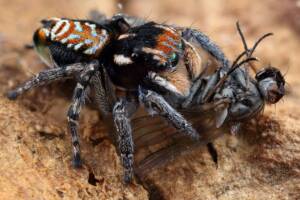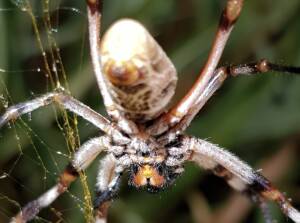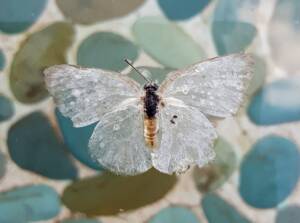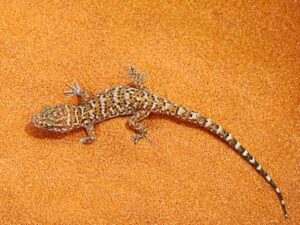Teddy Bear Bees (Asaropoda)Amegilla (Asaropoda) bombiformis Amegilla (Asaropoda) dawsoni Amegilla (Asaropoda) rhodoscymna Amegilla (Asaropoda) scymna
Photographs by Marc Newman ◦
The group of bees that are commonly known as the Teddy Bear Bees are in the subgenus Asaropoda. They are found across Australia, except Tasmania and there are currently no documented sightings in Central Australia.

The first A. (Asaropoda) species, Amegilla (Asaropoda) bombiformis was described more than 165 years ago by Smith (1854), followed by A. (A.) scymna circa 40 years later (Gribodo 1894). A further five species and a subspecies were described by Cockerell and Friese in the early 1900’s (Cockerell 1905, 1910, 1914, 1926, 1929, Friese 1911). Rayment (1931) described six additional species from bees in the collections of the Western Australian Museum and the Agriculture Department, Perth.2
Leys, Remko & Dorey, James & Hogendoorn, Katja. (2020).
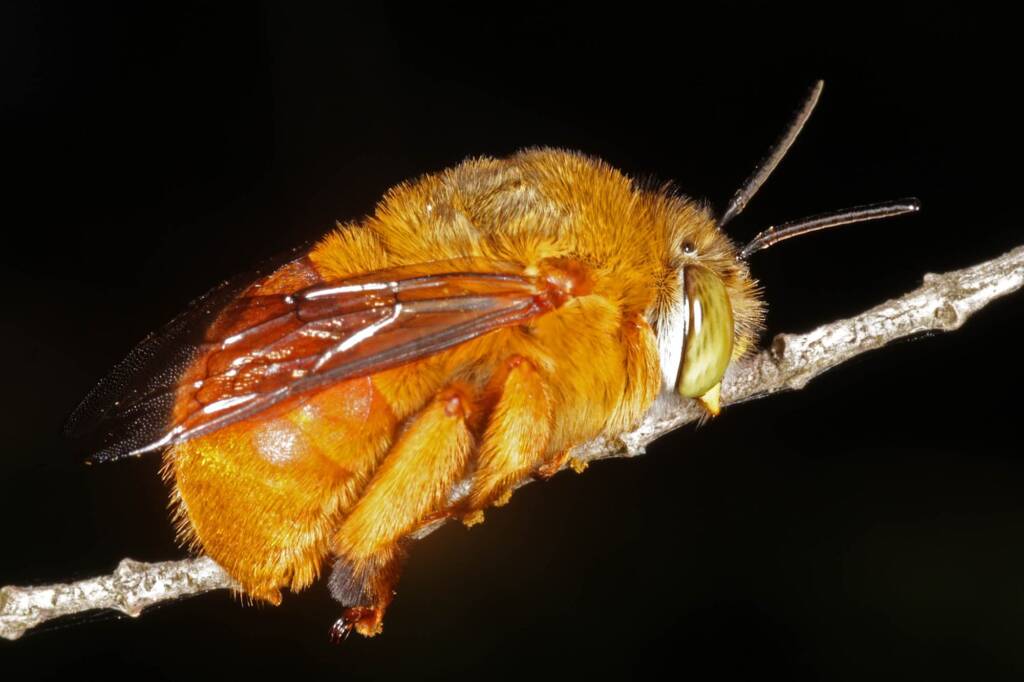
The common name “teddy bear bee” is thought to have been originally applied to the species A. bombiformis because of its fluffy red-brown habitus (Rayment 1935). The name is also applied to A. dawsoni and across the entire subgenus Asaropoda. A new species was identified in 2017 in the small town of Laura, located in the Cape York Peninsula of northern Queensland by Remko Leijs, a biologist from the South Australian Museum. This Asaropoda bee had black and orange bands. Most other species in this group do not have clear hair bands but are almost entirely fluffy orange-brown.3

Teddy Bear Bees are solitary bees. The female Teddy Bear Bees builds a single nest in a small burrow in the soil. Whilst they are solitary bees, they will build nest close together, usually in a sheltered location, eroded river and creek banks, outback dried clay flats, even under houses. In August 2021, a story in Australian Geographic report the discovery on Bush Heritage’s Hamelin Station Reserve, located on Malgana country near Shark Bay, some 5,000 burrows , which was a bumper year for the Dawson’s Burrowing Bee (Amegilla (Asaropoda) dawsoni).4
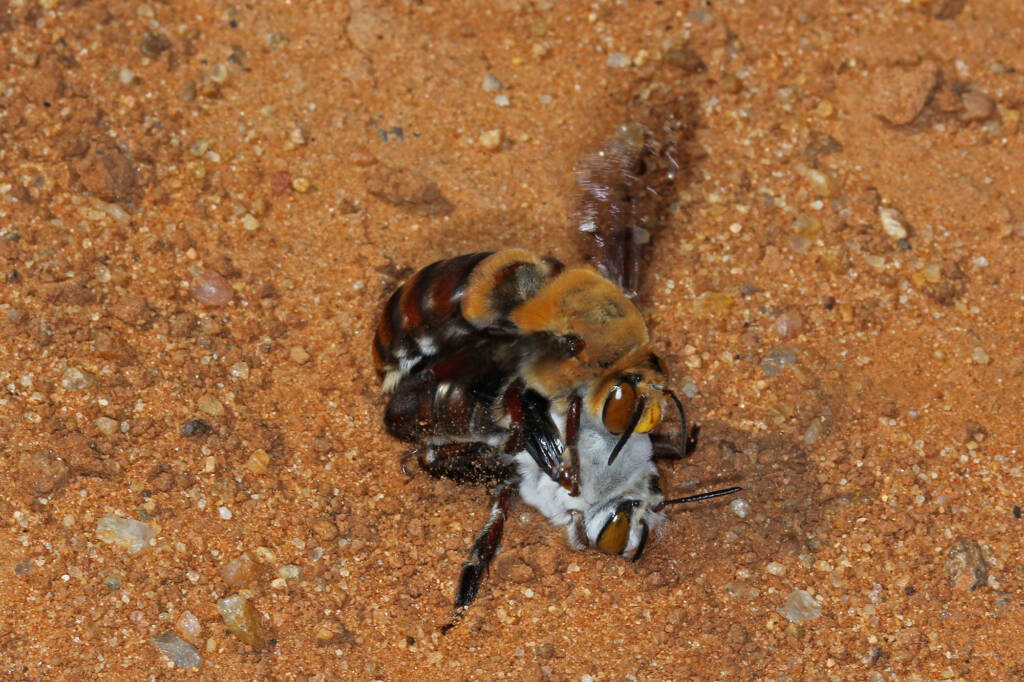
- Scientific classification
- Kingdom: Animalia
- Phylum: Arthropoda
- Subphylum: Hexapoda
- Class: Insecta
- Informal: Pterygotes
- Order: Hymenoptera
- Superfamily: Apoidea
- Informal: Apiformes
- Family: Apidae
- Subfamily: Apinae
- Tribe: Anthophorini
- Genus: Amegilla
- Subgenus: infrageneric Asaropoda
- Species:
- Amegilla (Asaropoda) albiceps (Rayment, 1951)
- Amegilla (Asaropoda) albigenella Michener, 1965
- Amegilla (Asaropoda) anomala (Cockerell, 1929)
- Amegilla (Asaropoda) bombiformis (Smith, 1854)
- Amegilla (Asaropoda) calva (Rayment, 1935)
- Amegilla (Asaropoda) cygni (Rayment, 1931)
- Amegilla (Asaropoda) dawsoni (Rayment, 1951)
- Amegilla (Asaropoda) dentiventris (Rayment, 1951)
- Amegilla (Asaropoda) epaphrodita Brooks, 1988
- Amegilla (Asaropoda) grisescens (Rayment, 1931)
- Amegilla (Asaropoda) houstoni Brooks, 1988
- Amegilla (Asaropoda) imitata (Rayment, 1951)
- Amegilla (Asaropoda) meltonensis (Rayment, 1951)
- Amegilla (Asaropoda) paracalva Brooks, 1993
- Amegilla (Asaropoda) preissi (Cockerell, 1910)
- Amegilla (Asaropoda) punctata (Rayment, 1931)
- Amegilla (Asaropoda) rhodoscymna (Cockerell, 1905)
- Amegilla (Asaropoda) rickae (Rayment, 1951)
- Amegilla (Asaropoda) rubricata (Rayment, 1951)
- Amegilla (Asaropoda) rufa (Rayment, 1931)
- Amegilla (Asaropoda) rufescens (Friese, 1911)
- Amegilla (Asaropoda) scymna (Gribodo, 1893)
- Amegilla (Asaropoda) sordida (Rayment, 1931)
- Amegilla (Asaropoda) sordidula (Rayment, 1931)
- Amegilla (Asaropoda) victoriensis (Rayment, 1951)
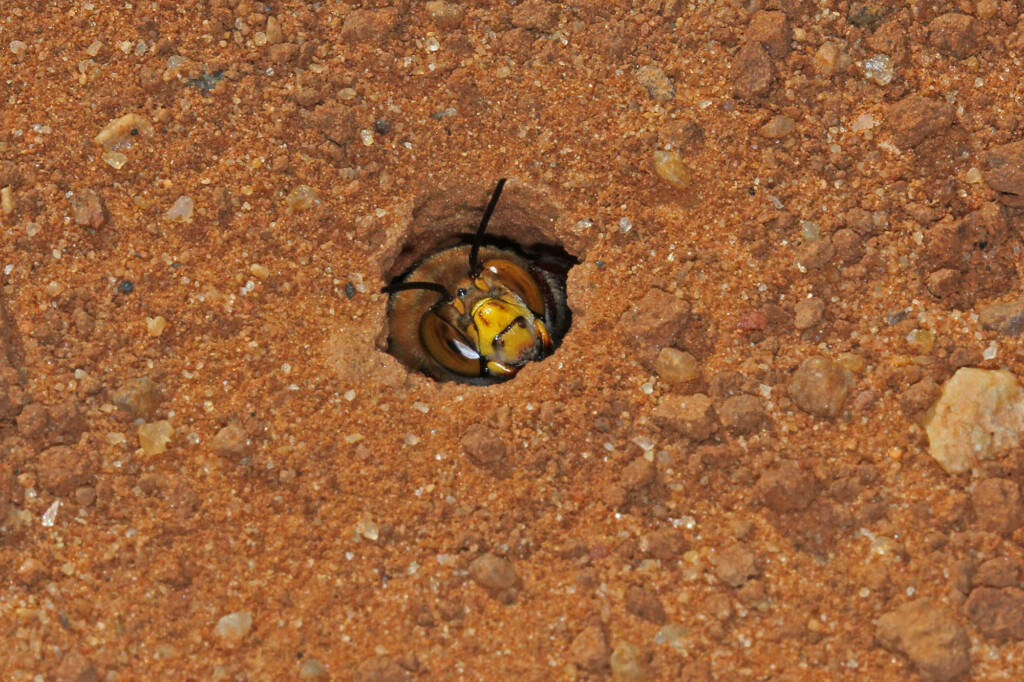
Footnote & References
- Photographs Amegilla (Asaropoda) bombiformis © Marc Newman, Flickr, https://flickr.com/photos/koolbee/albums
- Leys, Remko & Dorey, James & Hogendoorn, Katja. (2020). The genus Amegilla (Hymenoptera, Apidae, Anthophorini) in Australia: a revision of the subgenus Asaropoda. ZooKeys. 908. 45-122. 10.3897/zookeys.908.47375, https://www.researchgate.net/publication/338923401_The_genus_Amegilla_Hymenoptera_Apidae_Anthophorini_in_Australia_a_revision_of_the_subgenus_Asaropoda/citation/download
- New species of teddy bear bee discovered, 14 November 2017, Australian Geographic, https://www.australiangeographic.com.au/news/2017/11/new-species-of-teddy-bear-bee-discovered/
- ‘Teddy bear’ bees emerge from burrows in their thousands, Australian Geographic, 24 August 2021, https://www.australiangeographic.com.au/topics/wildlife/2021/08/teddy-bear-bees-emerge-from-their-burrows-in-the-thousands/
- Amegilla (Asaropoda) Cockerell, 1926, Atlas of Living Australia, https://bie.ala.org.au/species/Amegilla (Asaropoda)
- Leijs, Remko et al. “The genus Amegilla (Hymenoptera, Apidae, Anthophorini) in Australia: a revision of the subgenus Asaropoda.” ZooKeys vol. 908 45-122. 3 Feb. 2020, doi:10.3897/zookeys.908.47375, https://pmc.ncbi.nlm.nih.gov/articles/PMC7010838/
Teddy Bear Bees (Asaropoda)Amegilla (Asaropoda) bombiformis Amegilla (Asaropoda) dawsoni Amegilla (Asaropoda) rhodoscymna Amegilla (Asaropoda) scymna
Amegilla BeesApical tergites of females Amegilla Body Colour Amegilla adelaidae Amegilla aeruginosa Amegilla asserta Amegilla chlorocyanea Amegilla walkeri Teddy Bear Bees (Asaropoda)
BeesBees Anatomy Bee Behaviour Blogging Bees… Bees – image index Bees – Index Lists Unidentified Australian Native Bees Amegilla Bees Apis mellifera Austroplebeia australis Austrothurgus Braunsapis sp Ceylalictus perditellus Colletidae Euryglossinae Exoneura Hyleoides bivulnerata Lasioglossum Lasioglossum (Chilalictus) Lasioglossum (Homalictus) Leioproctus pappus Lipotriches Megachile Meroglossa Resin Bees and Resin Pot Bees Stenotritidae Tetragonula Thyreus Xylocopa



